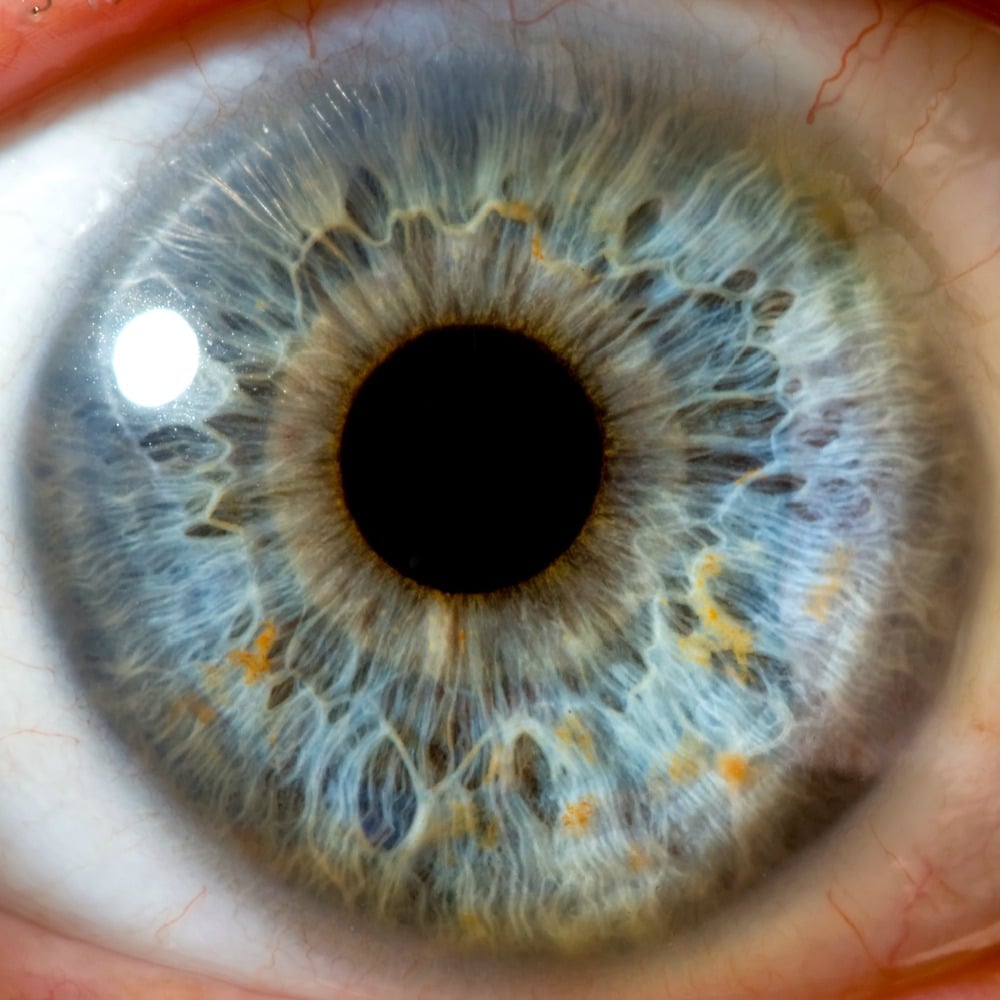Currently there is no known treatment for advanced dry age related macular degeneration which affects about 11 million people within the USA alone, and is a leading cause of blindness among those aged 50+. It is caused by death of retinal pigment epithelial cells which form a nutrient and oxygen rich layer in the eye that keeps the cones and rod alive; when RPE cells die so do the photoreceptors resulting in blindness.
No one outside of a research setting is getting macular degeneration stem cell therapy despite animal studies showing promise for years, and close to 8 years ago retinal cells created from embryonic stem cells were safely transplanted into 9 patients in a clinical trial.
Researchers in California expect to launch a Phase 2 clinical trial of stem cell therapy for age related macular degeneration this year, and researchers from the National Institute of Health are not that far behind them with what will be the first study in humans using induced pluripotent stem cells were discovered 12 years ago and won a Nobel Prize in 2012.
Kapil Bharti and a team from the NIH’s National Eye Institute report having used retinal cells created from pig iPSCs to treat a form of macular degeneration in pigs and rats showing promising results, they hope to start recruiting macular degeneration patients for a clinical trial within the next few weeks.
USC scientists will be starting trials with stem cells derived from human embryos; setting up a challenge of sorts between two types of stem cells; both kinds of stem cells should be explored further, as in general cell replacement therapies are a promising approach in the treatment of AMD.
The NEI study starts with CD34+ cells isolated from the blood of 3 AMD patients to be turned into iPSCs; adding growth factors and other biochemicals that will shape the cell’s destiny to create retinal pigment epithelial cells with each batch taking about 11 weeks. In theory replacing dead/dying RPE cells will stop the photoreceptors from dying and stop the disease from getting worse; however saving RPE cells will not bring photoreceptors back to life and restore lost vision, the team is working on developing a therapy combining photoreceptors with an RPE patch that may cure AMD blindness.
A 2011 study involving 9 AMD patients injected droplets of retinal cells created from embryonic stem cells. Bharti did not use this approach, he grew cells in monolayers on a biodegradable scaffold which was slipped between retinal pigment epithelial cells and photoreceptors of pigs and rats with versions of macular degeneration. The scaffolds melted away and the cells integrated within the retina better than cells in injected droplets did, however they didn’t test the animals’ vision.
Dr. Robert Lanza isn’t completely sold on the patch approach saying transplanting a scaffold is challenging and associated with a host of potential problems, and notes the NEI team got comparable results when they injected more RPE cells suggesting it may be the more minimally invasive way to proceed.
Other researchers are also going way of the patch approach as a California-London team report 3 AMD patients had received patches with monolayers of retinal pigment epithelial cells and experienced no serious side effects; after a few weeks one of the patients could see an additional 21 letters on an eye chart test and the other could see an additional 29 more.
RPE covered scaffolds have been transplanted into 4 AMD patients at USC with no red flags over safety which are showing hints of it improving vision; one of the patients can see 17 more letters out of one eye. The team plans to launch Phase 2 clinical trial in the near future.
Cells produced from induced pluripotent stem cells may not all become specialized cells in biochemical baths, and they also can grow into tumor like teratomas; however the NEI team was able to get up to 96% of the stem cells to differentiate into RPE cells without problems, and they did not find any cancer causing mutations.
A remaining concern is that the original underlying cause of the macular degeneration may also affect the transplanted cells. Bharti explains as it took decades for the disease to originally appear getting cell therapy at age 60+ stands a good chance of lasting for the rest of their lives. NEI will be looking for a commercial partner to move their therapy forward if their clinical trials yield promising results.




